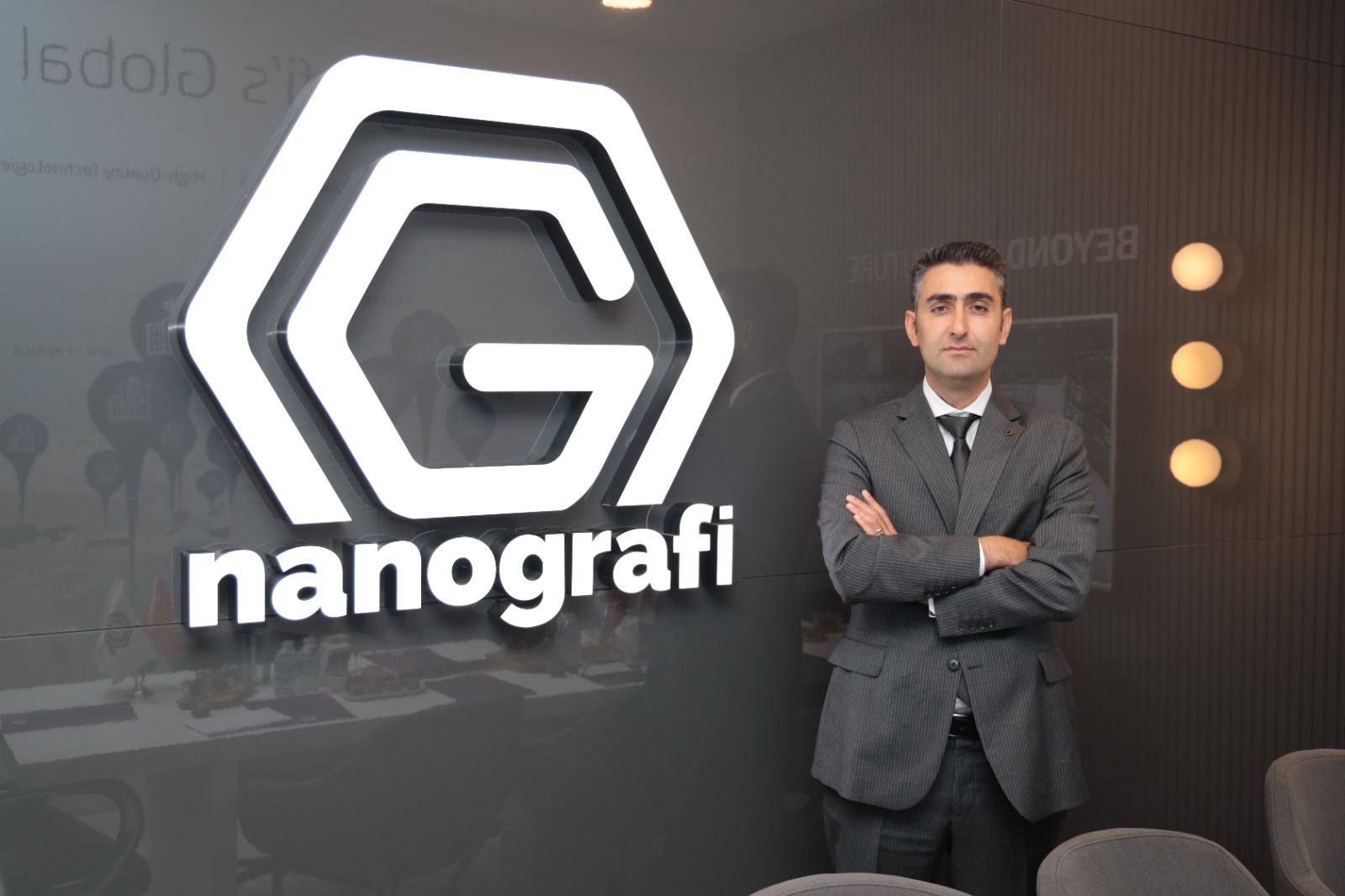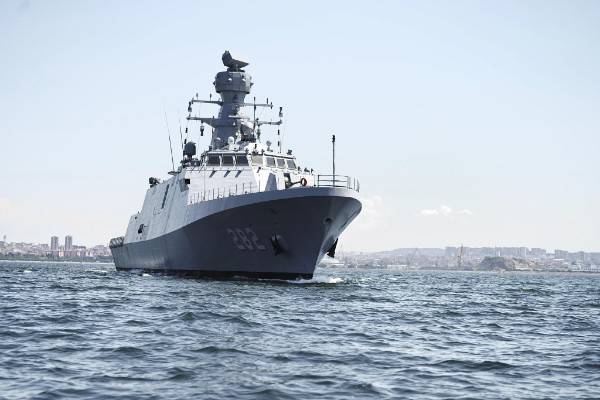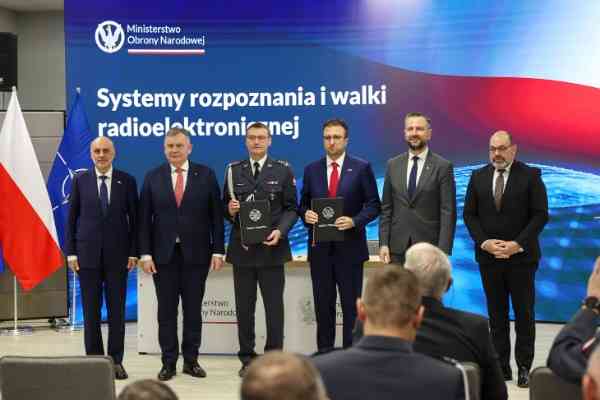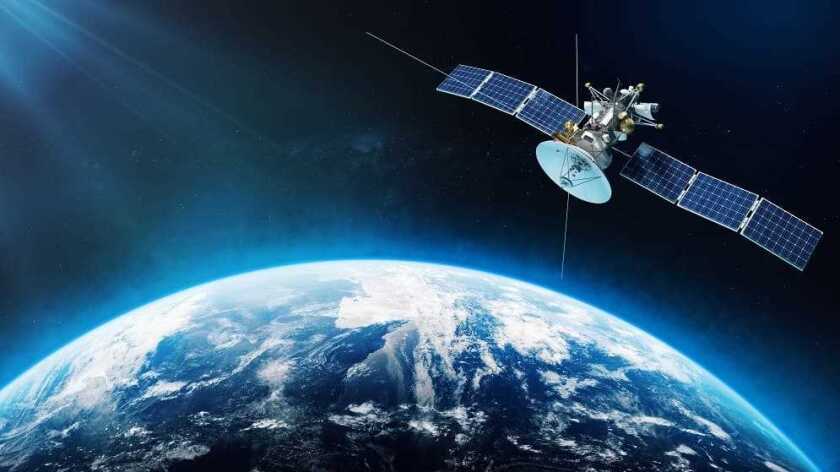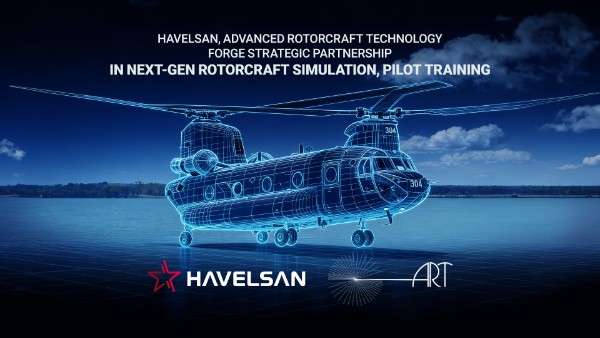As Türkiye continues to solidify its position as a global defense technology hub, homegrown engineering firms like Nanografi are leading the charge in creating fully integrated, high-tech production infrastructures that support national resilience and reduce dependency on foreign systems.
At IDEF 2025, Nanografi showcased its unique capability to design, build, and commission advanced defense manufacturing facilities, not as future concepts, but as operational realities.
In this exclusive interview, Yasin Öcal, Deputy General Manager at Nanografi, gives us a closer look into the company’s pioneering work in gunpowder and nitrocellulose production, its collaborations with defense giants like GoldForce and MKE, and how the company is setting new global standards in engineering excellence.
From modular propellant systems to scalable facility exports, Nanografi is not just responding to the needs of today’s defense industry, it’s actively shaping its future.
- What is Nanografi showcasing at IDEF 2025?
At IDEF 2025, Nanografi is presenting its integrated engineering and technology capabilities that span from process design to the commissioning of high-tech production plants. We’re highlighting our role in establishing Türkiye’s first private-sector domestic gunpowder and nitrocellulose production facility and our strategic partnerships that have enabled the deployment of scalable and sustainable defense manufacturing infrastructure. Our focus is not on concepts but on real, operational facilities that are already strengthening Türkiye’s self-reliance in critical defense technologies.
- Can you explain Nanografi’s role in Türkiye’s defense industry?
Nanografi plays a pivotal role in Türkiye’s defense manufacturing ecosystem. By engineering critical facilities such as gunpowder and nitrocellulose plants, we reduce dependency on foreign suppliers and increase the resilience of domestic production. Our projects contribute not only to national defense but also to the development of strategic technological capabilities that can serve both military and dual-use applications in the world.
- What makes Nanografi’s engineering approach different from others?
What sets us apart is our end-to-end project execution model. We manage every phase inhouse: from concept to design, process and risk analysis, to mechanical layout, automation, system integration, and finally commissioning. This allows for high-quality control, cost efficiency, and the ability to deliver custom-built, scalable, and future-proof solutions. Our interdisciplinary teams bring materials science, chemical engineering, and industrial design together to deliver integrated facilities that are not just functional but strategically valuable.
- Can you tell us more about the gunpowder plant you built in Türkiye?
We have led the establishment of one of the largest and most advanced integrated gunpowder production plants in the world, located in the Sungurlu and spanning 1,630 acres. This facility, developed in partnership with GoldForce, is one of the rare production sites globally capable of simultaneously manufacturing spherical gunpowder, nitrocellulose, and nitroglycerin.
- What are the new products or materials Nanografi is producing now?
We are actively expanding into modular charge systems, advanced energetic materials such as nitroguanidine. We’re also scaling up production for core components like nitrocellulose, with the commissioning of new dedicated facilities. Beyond energetics, our portfolio includes high-purity advanced materials such as graphene and metal-organic frameworks that are increasingly being integrated into defense technologies.
- How do your projects with GoldForce and MKE support the defense sector?
These collaborations are strategic in nature. The GoldForce Integrated Gunpowder Plant represents a model of high-capacity, continuous production supported by automation and modular design a benchmark for future ammunition-grade chemical production. At MKE’s Nitrocellulose Facility, we introduced process innovations that dramatically improved both yield and safety. Both projects are now critical nodes in Türkiye’s domestic defense supply chain.
- How do you manage engineering projects from start to finish?
We use a structured project lifecycle that includes:
- Feasibility and concept design
- Process and risk engineering
- Detailed design and layout
- Procurement and fabrication
- System integration and automation
- Commissioning and validation
This full-stack approach ensures technical alignment with customer needs, regulatory compliance, and operational excellence all under one roof.
- How do you ensure safety and sustainability in your facility designs?
Safety is embedded in every level from hazard identification and material compatibility studies to real-time monitoring and control systems. For sustainability, we focus on energy efficiency, closed-loop process design, and reduced waste generation. Our engineering philosophy is that a plant must not only function today but remain relevant, safe, and efficient for decades.
- In how many countries has Nanografi completed defense-related projects?
We have exported our engineering solutions and materials technologies to over 100 countries, either directly or through partnership projects. It includes infrastructure design, mostly material supply, and collaborative R&D initiatives. Our global network allows us to rapidly adapt to different regulatory, environmental, and operational contexts.
- How does Nanografi build international partnerships?
Nanografi builds international partnerships by offering engineering-based collaboration models that are rooted in operational excellence, standardization, and trust. We provide complete, ready-to-operate production ecosystems entirely engineered, validated, and commissioned by Nanografi.
- What are your future plans for expansion or new investments?
We have completed the allocation of a 2 million square meter industrial zone where we are accelerating our investments. This site will serve as a dedicated base for expanding our production capabilities in cylindrical gunpowder, nitroguanidine, and modular propellant systems.
In addition to these new product lines, we are also advancing the establishment of a second nitrocellulose facility and commissioning a third production line for wet processing systems. These efforts are not only designed to meet national requirements, but also to fully respond to growing international demand for reliable, high-capacity, and self-sufficient defense production infrastructures.
This development represents our strategic commitment to supporting both domestic and allied defense ecosystems through scalable, export-ready manufacturing platforms engineered entirely by Nanografi.
- What are the next big steps for Nanografi in the defense sector?
We aim to scale our facility solutions across different countries, promote the export of modular production plants, and strengthen our role within Türkiye’s national defense R&D roadmap. Our focus will be on enabling regional self-reliance through localized, scalable, and rapidly deployable manufacturing infrastructures.
This approach is designed to transform conventional defense logistics and supply chain models, paving the way for more autonomous, flexible, and resilient production ecosystems in the coming decade.
The original interview was published on Defense Arabia.


